Content navigation
Lower secondary level
The three years of lower secondary level follow primary school. In the canton of Ticino only, lower secondary level (Scuola media) takes four years. This is an exception in the HarmoS Agreement.
In lower secondary level, teaching is realised at different performance levels. There are three different structural models (streamed, cooperative or integrated model). Depending on the canton, either a single model is implemented throughout the entire canton, or the canton allows the municipalities to choose between various models.
Transition from primary level to lower secondary level
-
Pupils generally begin lower secondary level at the age of twelve. Performance at the end of primary school, teachers' recommendations (often with the inclusion of the parents' opinion), and in some cases an transition examination, determine the particular performance level to which the pupil is assigned in lower secondary level. The transition procedures differ according to canton and model.
Learning objectives / subjects
-
The lower secondary level promotes the development of pupils and their personality and encourages them to life-long learning. It promotes self-responsibility and personal initiative, and encourages the identification and solving of problems, the handling of conflicts and on working individually or collaboratively. It also prepares for the upper secondary level.
The cantons are responsible for the curricula. They specify the number of lessons per subject and the teaching material. The Intercantonal Agreement on Harmonisation of Compulsory Education (HarmoS Agreement) stipulates a harmonisation of the curricula on the level of the linguistic regions. The French-speaking cantons have implemented the «Plan d’études romand» (PER), the 21 German-speaking and multilingual cantons the «Lehrplan 21» and the canton of Ticino the «Piano di studio».
The following subjects are taught at lower secondary level:
-
languages: language of schooling, foreign languages (a second national language, English and a third national language optional)
-
mathematics
-
natural sciences: biology, chemistry, physics
-
social sciences and humanities: e.g. geography, history, civic education
-
music, art and design (music, visual arts, textile design, technical design)
-
physical education and health
-
home economics
-
career guidance and vocational preparation
Some fields can be taught interdisciplinarily or as specific subjects (e.g. the use of information and communication technologies (ICT), education for sustainable development, health promotion, sex education, intercultural education, media education, ethics and religions).
-
Assessment of pupils / graduation from lower secondary level
-
In most cantons, the pupils receive graded reports twice a year. A grade scale of 1 to 6 is used (6 = best grade, 4 = sufficient, below 4 = insufficient). In addition to the report, an evaluation discussion usually takes place with the pupils and their parents. Learning behaviour, social behaviour and work attitude can also be part of the assessment. Written learning reports are seldom used. An adequate overall average grade and, in general, adequate grades in the core subjects, are prerequisites for transition to the next grade. If a report is insufficient, a provisional transition usually occurs. If the next report is also insufficient, transition to the next higher grade does not occur. The pupil can repeat the previously attended grade, or continue at a lower level in the next grade. Special supportive measures can be arranged.
In various cantons, compulsory or optional year-end tests, orientation tests or comparative tests or standardised reference tests are conducted in certain grades and subjects. These instruments can be used to determine the current state of knowledge and skills or to assess the performance of the pupils and also allow the teachers to compare the learning success of their class with other classes.
School leaving certificate
-
As there is no national final school examination in compulsory education, there is no corresponding school leaving certificate either. A few cantons conduct a final examination at the end of lower secondary level in the core subjects, either in some or in all performance levels. In an attempt to optimise the transition from lower- to upper secondary level, some cantons have introduced a school leaving certificate at the end of compulsory schooling.
In few cantons, adults who have not graduated from lower secondary level can catch up on lower secondary level.
Transition from lower to upper secondary level
-
For some adolescents the transition from lower secondary level to upper secondary level is difficult. Various cantons reorganise the final grades of lower secondary level in order to give adolescents the best possible preparation for the transition to the upper secondary level. With other partners, the cantons have launched projects or taken measures to optimise the transition from compulsory level to upper secondary level (e.g. case management for learners at risk of dropping out of VET programmes). For adolescents who, after completing lower secondary level, do not immediately start vocational education and training (VET) or do not enrol in a school offering general upper secondary education, bridge-year courses are offered as interim solutions.

